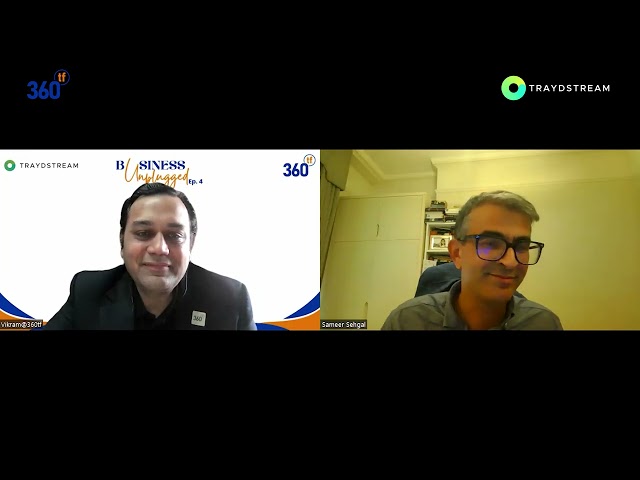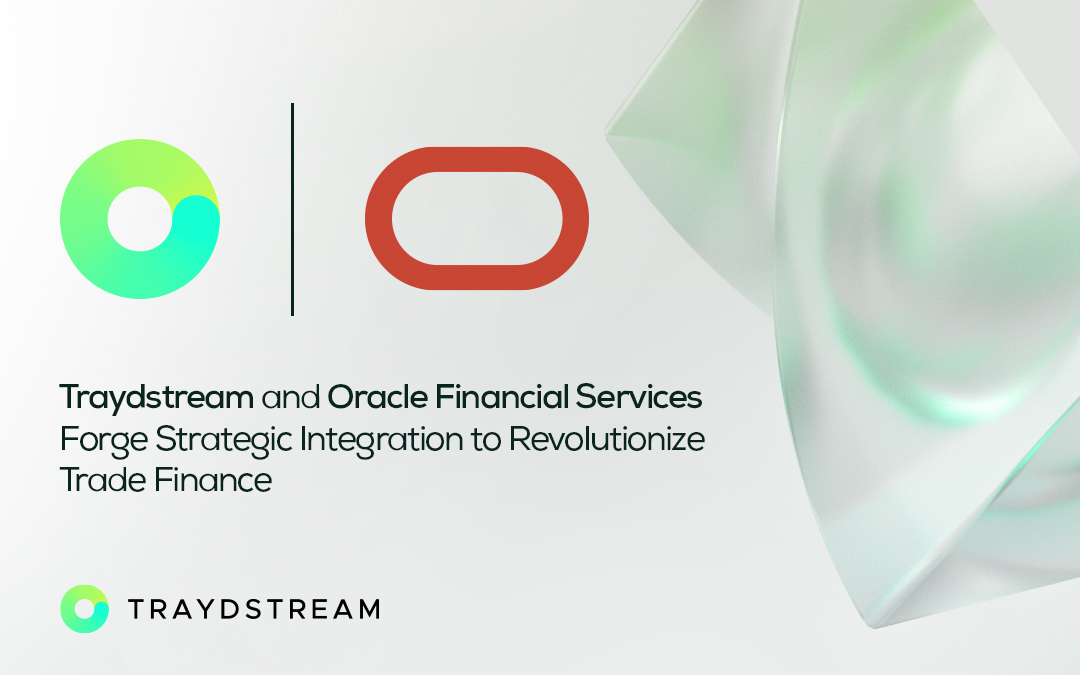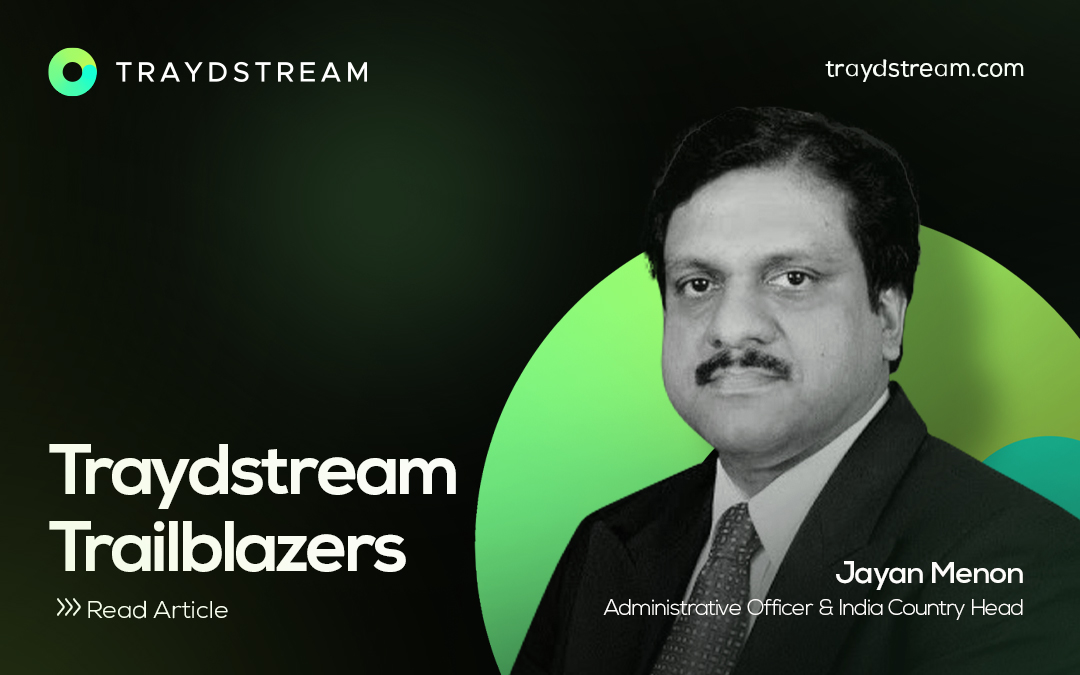
I almost can’t believe that it’s been 7 years since we set up Traydstream!
As I reflect, returning from the airport after a few days of client meetings across Europe, I inwardly smile that some of these clients that we were invited to meet with were somewhat sceptical three years ago and did not believe our solution could work! Of course, I don’t blame them for this, as innovation is always about taking a leap of faith and some risk, but I believe it does demonstrate the maturity of Trade digitisation and we have proved innovation can add real value by automating document checking and compliance processes. Adoption in our early days was much slower but we have worked hard to change the mindset of Trade professionals to accept that automated document checking does work! What’s more interesting were their drivers to meet us were different. For one bank, it was to mitigate the many risks they face on the shop-floor by the over-reliance of a few individuals, and another was the need to create efficiency and digitise data etc.
AI & investing
The Fintec market in Trade Finance has gone through some maturity (in relative terms) as demands for the ‘art of the possible’ continue to grow and be believed, fuelled by the likes of Chat GPT and new AI trends. That said recently, we have witnessed a few high profile Trade Fintecs that have failed and been unsuccessful with largely a common theme….momentum based investments with valuations perhaps not justifying the reality OR ideas where adoption has taken much longer than expected maybe because the idea was too futuristic? T
he SVB disaster has only increase the scrutiny being placed in the tech space as investors weigh up what and where value lies, and tech firms assess their business models to speed up profitability rather than revenue – or ideally both! This has generally been an important shift for tech firms who now need to ensure their business model shows sustainable revenue with strong and prudent cost controls to generate profits!
Recent rhetoric from the investment community talks about the shift in investment appetite from momentum-investing to value-based investing.
This always made the most sense to me. Investors should Invest in firms that have a proven track record (post MVP stage). Kick the tyres on the tech and speak to users of the solution (clients) to make sure that this new ground-breaking tech actually works and provides value.
Analyse the business revenue model to see if it makes sense and can be understood. I see so many models with ‘ifs and buts’ and free trials for extended periods that push out the very rationale of value investing. If there is a product that genuinely solves a problem and demonstrates value, then clients should pay for it or at least be willing to!
As investment and valuation drivers move towards profitability or at least, the path to profitability, tech firms must show transparency in their business models, be realistic in their aspirations and valuations, whilst maintaining their ambition and beliefs.
Successful tech growth firms must now look to avoid long burn cycles to ensure they can have some level of control of their own destiny. The trade finance business is hugely inter-connected with many counterparts in one transaction, and I see many business models that require various participants to ‘play’ in order to succeed. Businesses should not rely solely on network effects (unless the investor has very deep pockets and lots of patience) to succeed.
The over-reliance of other stakeholders in the value chain to unlock a larger universe of users OR the reliance on inter-operability to deliver a solution can really hurt business today with the long lead times! This ‘network effect’ often creates greater delays, increased risk and ultimately a shorter runway and lower value! So whilst I always appreciate and applaud the ambition to build these network-effect models, investor patience appears to be running thin and so, now may not be the right time to launch these ideas.
The complexity of Trade Finance
Bi-lateral trade digitisation covers a vast area, full of regional nuances, industry idiosyncrasies and large amounts of unstructured paper and data. Unfortunately, the very fact that everything is so different and ‘non-standardised’ is the exact reason Trade Finance digitisation has not progressed in the same way as other parts of banking over the last few years. New AI enabled technology is now capable of providing solutions to complex problems and with dedication, effort and patience to train machines, the trade finance eco-system is starting to evolve. That said, the complexity of Trade Finance leaves investors with some complex considerations to interpret which solutions create genuine value, provide realisable benefit and efficiency. Ultimately, the speed of adoption does lead to profitability but it’s imperative to remember that great ideas don’t always make great businesses! It’s all about the execution and management!
Timing
When I look at great business ideas that have become household names, I believe that timing is a significant contributor to their success. The continued global economic challenges we face may mean that the time is right for new ideas but Fintecs should carefully consider the Total Addressable Market (TAM) based on the appetite for the product within the realms of the industry’s desire for that change and adoption. The idea can be genius but if the timing is out, you could run dry before you get traction.
As a firm that was born out of innovation, we always keep one eye on the future. Working closely with incredible client support and feedback, we are looking at innovation across the entire end to end Trade Finance supply chain, to embed value added services that clients want to see and can deploy immediately! AI driven technology is developing at such a pace and so our work is never done and I am so proud of the effort from our incredible team to bring to life what was once a dream and to create a market that never previously existed.
With clients in over 20 countries today, we excited about the future and will continue to attempt to re-define the world of trade .. digitally!






